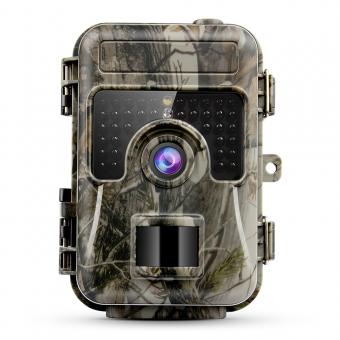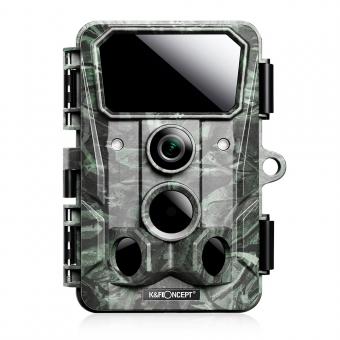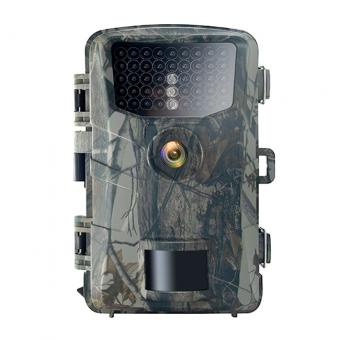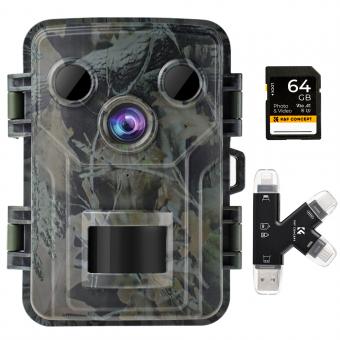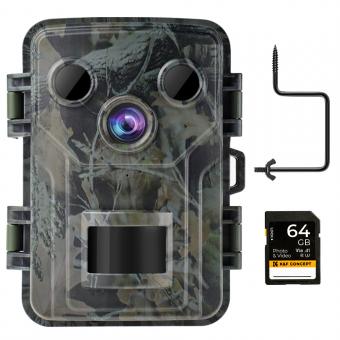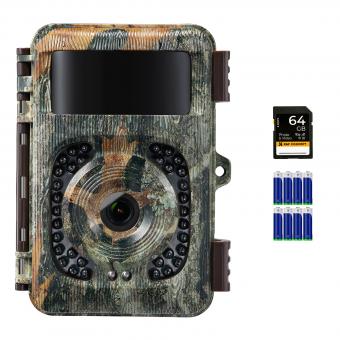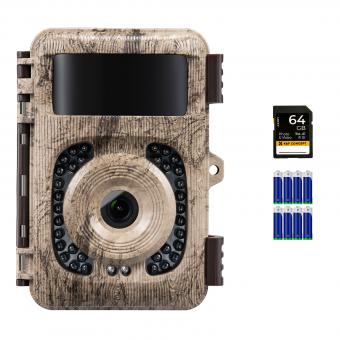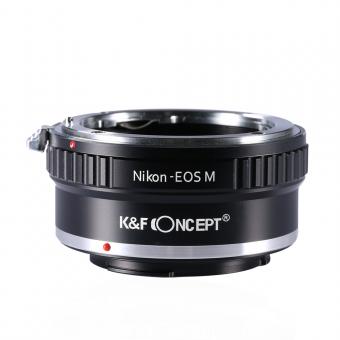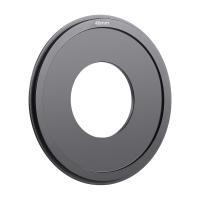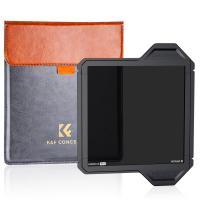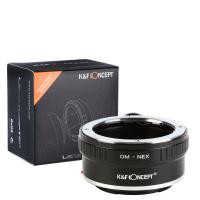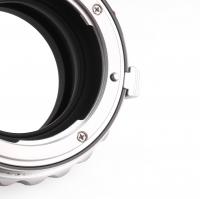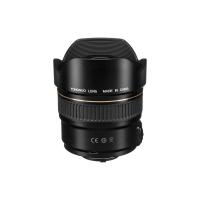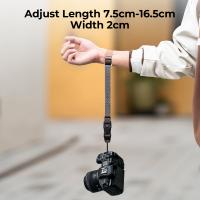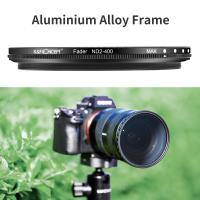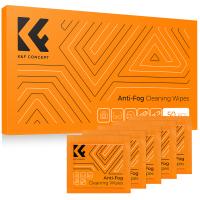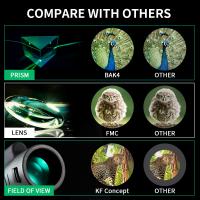How To Camouflage Camera Lens Wildlife Photography ?
To camouflage a camera lens for wildlife photography, you can use a lens cover or camouflage tape. These accessories help to break up the shape and color of the lens, making it less noticeable to wildlife. Additionally, you can also use natural materials such as leaves, branches, or moss to further blend the lens with the surroundings. It is important to ensure that the camouflage does not obstruct the lens or affect the image quality.
1、 Color and pattern matching techniques for camera lens camouflage
Color and pattern matching techniques for camera lens camouflage are essential for wildlife photography. The goal is to blend the camera lens seamlessly into the natural environment, minimizing the chances of startling or disturbing the wildlife being photographed. Here are some tips on how to achieve effective camera lens camouflage:
1. Choose the right camouflage cover: Look for covers specifically designed for camera lenses, which are available in various colors and patterns. Opt for a cover that closely matches the surrounding environment, such as foliage or bark patterns.
2. Use natural materials: Consider using natural materials like leaves, twigs, or moss to further camouflage the lens. Attach them securely to the lens cover, ensuring they do not obstruct the lens or affect image quality.
3. Avoid reflective surfaces: Reflective surfaces can easily give away your presence. Use matte or non-reflective materials for the lens cover to minimize any glares or reflections that could alert wildlife.
4. Blend in with the surroundings: Pay attention to the colors and patterns of the environment you are photographing in. Adjust the lens cover accordingly to match the dominant colors and textures of the surroundings.
5. Be mindful of movement: Avoid sudden movements that could startle the wildlife. Slowly and carefully position yourself and the camera, ensuring that the lens cover remains in place and does not attract attention.
6. Stay patient and observant: Even with effective camouflage, it is important to remain patient and observant. Understanding the behavior of the wildlife you are photographing can help you anticipate their movements and capture more natural shots.
In recent years, advancements in technology have led to the development of specialized lens coatings that mimic the reflective properties of natural materials. These coatings can further enhance the camouflage effect, making the lens even less noticeable to wildlife.
Remember, the primary goal of camera lens camouflage is to minimize disturbance to the wildlife and capture authentic moments in their natural habitat. By employing these techniques and staying respectful of the animals, you can increase your chances of capturing stunning wildlife photographs.

2、 Utilizing natural elements to conceal camera lenses in wildlife photography
Utilizing natural elements to conceal camera lenses in wildlife photography is a crucial technique for capturing authentic and undisturbed moments in the animal kingdom. Camouflaging camera lenses helps photographers blend into the environment, minimizing the chances of startling or disturbing the wildlife they are trying to photograph.
One effective method is to use lens covers or lens wraps specifically designed for wildlife photography. These covers are often available in various patterns and colors that mimic the natural surroundings, such as foliage or tree bark. By using these covers, photographers can easily blend their equipment with the environment, making it less noticeable to the animals.
Another technique is to strategically position the camera in a way that utilizes natural elements as a disguise. This can involve finding a spot where branches, leaves, or other objects obstruct the view of the lens, creating a natural camouflage. By carefully framing the shot, photographers can capture images that appear as if they were taken from within the wildlife's habitat.
Additionally, photographers can use natural materials like leaves, twigs, or grass to further conceal their camera lenses. By attaching these elements to the lens or using them to create a makeshift hide, photographers can effectively blend their equipment with the surroundings, making it less conspicuous to the wildlife.
It is important to note that while camouflaging camera lenses is essential for wildlife photography, it should always be done ethically and with respect for the animals. Photographers should prioritize the well-being and comfort of the wildlife, ensuring that their actions do not cause any harm or disturbance.
In conclusion, camouflaging camera lenses in wildlife photography is a valuable technique that allows photographers to capture intimate and natural moments in the animal kingdom. By utilizing natural elements, lens covers, and strategic positioning, photographers can blend their equipment with the environment, minimizing the chances of disturbing the wildlife and capturing stunning, authentic images.

3、 DIY lens camouflage techniques for wildlife photography
DIY lens camouflage techniques for wildlife photography have become increasingly popular among photographers who want to blend in with their surroundings and capture stunning shots without disturbing the natural behavior of animals. Camouflaging your camera lens can help you get closer to wildlife without alarming them, allowing for more intimate and authentic photographs.
One effective method for camouflaging your camera lens is to use a lens cover or wrap specifically designed for wildlife photography. These covers are typically made of camouflage fabric or neoprene material and can be easily attached to your lens. They not only help to conceal the shape and color of your lens but also provide protection against scratches and bumps.
Another technique is to use natural materials found in the environment to create a makeshift camouflage. This can include using branches, leaves, or even mud to cover your lens. By carefully arranging these materials around your lens, you can effectively blend it into the surroundings and make it less noticeable to wildlife.
Additionally, using a lens hood can also help to reduce the reflection and glare from your lens, making it less conspicuous to animals. Some photographers even go as far as painting their lens hoods with matte black paint to further minimize any reflections.
It's important to note that while camouflaging your lens can be beneficial for wildlife photography, it's equally important to prioritize the well-being and safety of the animals. Always maintain a respectful distance and avoid disturbing their natural behavior.
In conclusion, DIY lens camouflage techniques for wildlife photography can greatly enhance your ability to capture stunning shots without alarming the animals. Whether using specialized lens covers, natural materials, or lens hoods, these techniques can help you blend in with your surroundings and create more authentic wildlife photographs.

4、 Camouflage wraps and covers for camera lenses in wildlife photography
Camouflage wraps and covers for camera lenses in wildlife photography are essential tools for blending in with the natural environment and getting closer to wildlife without disturbing them. These wraps and covers are designed to minimize the reflection and shine of camera lenses, making them less noticeable to animals.
One popular option for camouflaging camera lenses is using neoprene lens covers. These covers are available in various patterns and colors that mimic the surroundings of wildlife habitats. They not only provide camouflage but also protect the lens from scratches, dust, and moisture. Some covers even have additional features like lens caps and adjustable straps for easy handling.
Another effective method is using camouflage wraps. These wraps are made of lightweight, stretchable fabric that can be easily wrapped around the lens. They come in different patterns, such as woodland, desert, or snow, to match different environments. Some wraps also have additional features like mesh windows for easy access to camera controls.
In recent years, advancements in technology have led to the development of specialized camouflage coatings for camera lenses. These coatings use nanostructures to reduce the lens's reflectivity and make it blend seamlessly with the surroundings. This technology is still relatively new and may be more expensive than traditional wraps and covers, but it offers superior camouflage capabilities.
It's important to note that while camouflage wraps and covers are effective in minimizing the visibility of camera lenses, they are not a guarantee of wildlife photography success. Other factors such as movement, noise, and scent can still alert animals to your presence. Therefore, it's crucial to practice proper fieldcraft techniques, such as moving slowly and quietly, using natural cover, and being patient.
In conclusion, camouflage wraps and covers for camera lenses are valuable tools in wildlife photography. They help photographers blend in with the environment and get closer to animals without causing disturbance. Whether using neoprene covers, wraps, or advanced coatings, these accessories can greatly enhance the chances of capturing stunning wildlife images.


